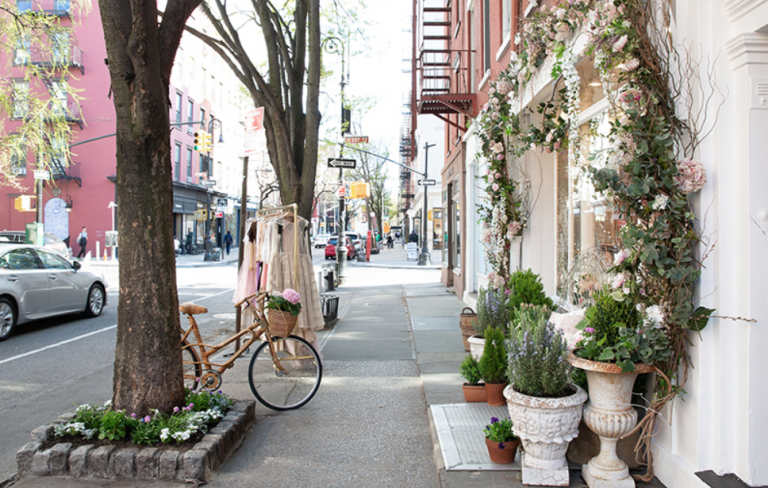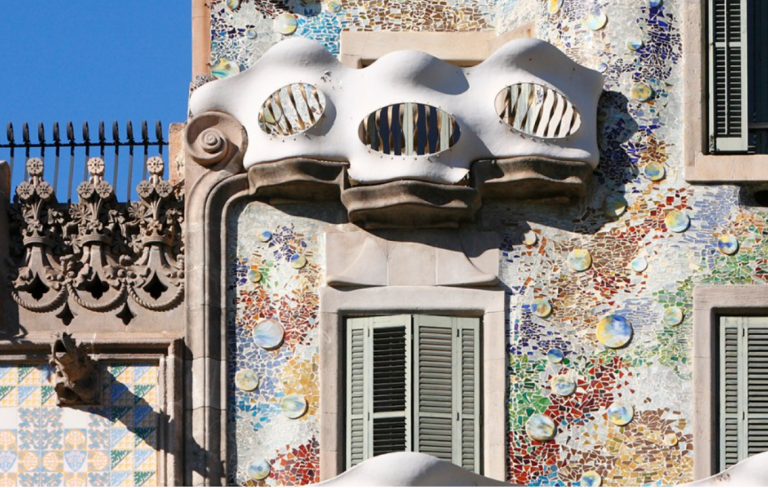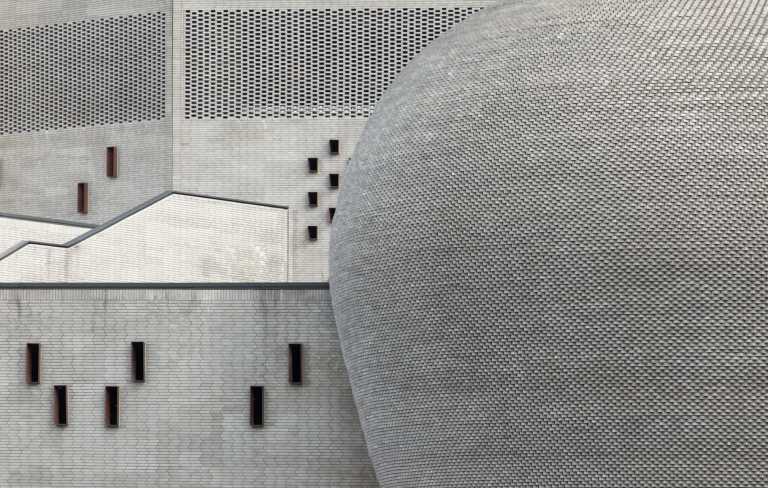Once upon a time, not so long ago, on Planet A, or more precisely: on a site in Allschwil. “A beacon of sustainability is to be built here,” says the client SENN to her building technicians, the architects from Herzog & de Meuron and the engineers from ZPF. “It should harvest enough sun to pay back the energy used in one generation. After that, it should live on as a power plant and finally end up on the compost heap. The people who work here should feel good. And of course I want to earn good money doing it. So plan this jack-of-all-trades for me. It should be called Hortus – house for research, technology, utopia and sustainability.”
This is how sustainability becomes a sport. The team records important climate figures in real time and discusses passive building technology and biodiversity. In the façade they want to try straw or waste paper, in the ceiling they want to use clay vaults and wooden beams. Soon they will be testing industrial robots for a field factory. Perhaps they can also use used formwork panels and cut foundations from old concrete ceilings.
Beech columns, spruce beams and clay vaults: the roof and façade should harvest enough sun so that the energy used can be paid back in a generation. The open-plan offices are to be naturally ventilated, and the bottom-hung windows open automatically at night. The inner courtyard is a biodiversity garden. Perhaps used formwork panels can be used and foundations cut from old concrete ceilings.
This is the plan that the client, Senn, has devised together with the architects from Herzog & de Meuron and ZPF Engineers. The team collects climate data in real time to make smart decisions. “Sustainability will create a new aesthetic in this world,” says Jacques Herzog, Founding Partner of Herzog & de Meuron.
In spring, the construction passed its first fire test, and in summer industrial robots successfully tamped the clay between two wooden beams. The building permit is due to be issued in six months.
Hochparterre accompanies the project and asks: How do those involved discuss and decide? What do they learn? What does this tell us about the building industry, our wishes for comfort, the laws and standards of tomorrow? In general: Will Hortus achieve its noble goals – or will the project turn into a glow in the dark?
You can read more about Hortus at Hochparterre in the Hortus topic focus (in German language only). There is also a video on the topic that is worth watching.


